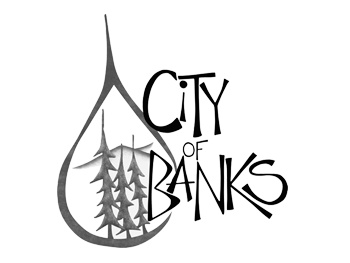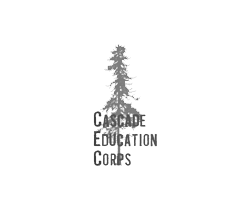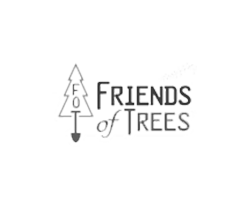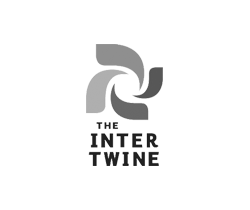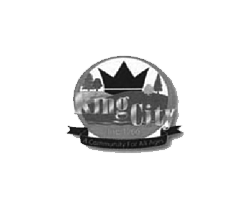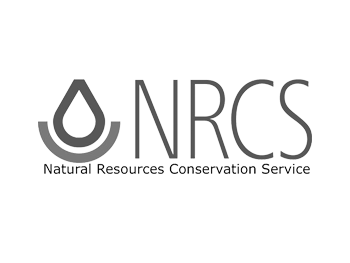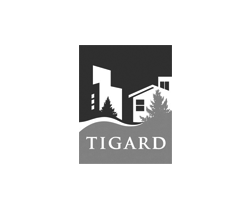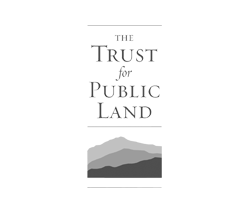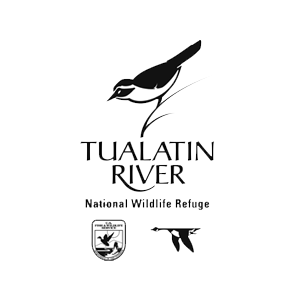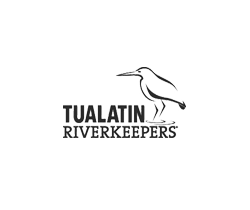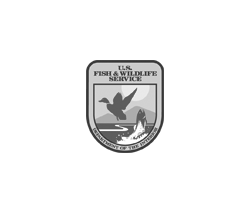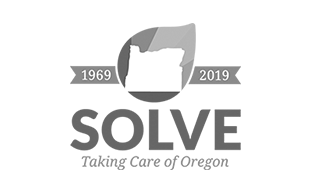Enhancements for People and Wildlife
Along the middle reach of Fanno Creek in the city of Tigard sits the 14-acre Woodard City Park, frequented by families for its majestic oak trees, trails and bridges, creek access and playground. Metro-owned Woodard Natural Area comprises approximately 10 acres of the park. An urban refuge for people and wildlife, the site provides connectivity with Derry Dell, Dirksen Nature Park and Summer Creek, a tributary to Fanno Creek.
The Site
First planting: 2014
Size: 11 acres
Stream length: 757 feet
The Challenge
Historically, rural and agricultural homes occupied what we now know as Woodard Natural Area; the site included native trees and shrubs, including Oregon ash, Oregon White Oak and ponderosa pine. However, the creek was experiencing severe erosion, plant communities lacked the diversity to tolerate disturbance and wildlife habitat was deficient. Today, visitors will also find wetlands, mowed lawn in the traditional park areas, and many non-native plants.
The Transformation
Metro, Tigard and Clean Water Services worked together to develop a vision for the site that involves providing shade for Fanno Creek; food, shelter and breeding habitat for fish and wildlife; soil stability for water quality; and respect for how the area is used by its surrounding neighborhood. To achieve this goal the partners will restore and maintain high quality examples of native plant communities (mixed riparian forest, Oregon white oak woodland, and shrub-scrub wetland habitats); work with partners to manage recreation and its impacts on the site; and develop community stewardship opportunities.
Reducing non-natives and augmenting with a diversity of native plants such as Oregon ash, western red cedar and black cottonwood is central to the plan. The new trees will provide organic matter and wood recruitment for the stream. Fanno Creek’s channel at this site will follow a natural evolution towards a more complex, dynamic ecosystem. The riparian forest will be enhanced with understory plantings of native shrubs, sedges, forbs and grasses, enhancing habitat for birds and pollinators. The emergent wetland will add to habitat for native turtles, amphibians, birds and other wildlife.








